Cohesive:
Faux68
10 years ago
Related Stories
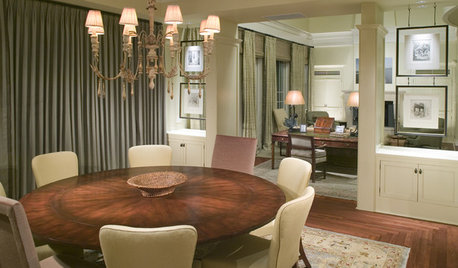
REMODELING GUIDESThe Open Floor Plan: Creating a Cohesive Space
Connect Your Spaces With a Play of Color, Materials and Subtle Accents
Full Story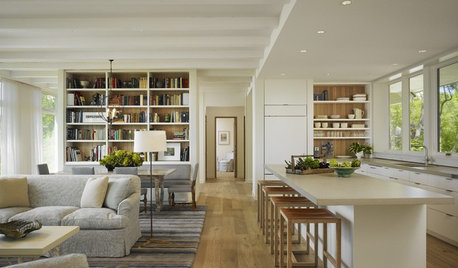
REMODELING GUIDESCreate a Master Plan for a Cohesive Home
Ensure that individual projects work together for a home that looks intentional and beautiful. Here's how
Full Story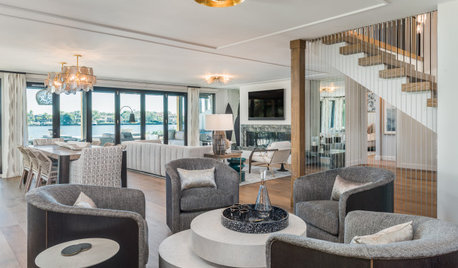
DECORATING GUIDESHow to Create a Cohesive Color Flow Throughout Your Home
Designers share eight techniques for avoiding a choppy feeling in your spaces
Full Story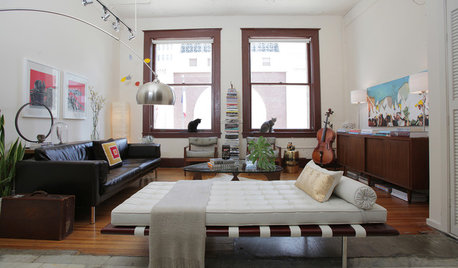
HOUZZ TOURSMy Houzz: Creatively Cohesive Studio in Dallas
Vintage, contemporary and eclectic elements blend to make the most of an intimate space in a historic downtown building
Full Story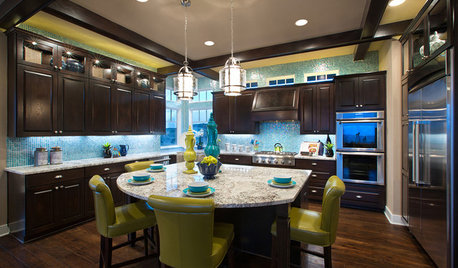
DECORATING GUIDESStrategies to Create Color Flow Throughout a Home — a Case Study
Unite your indoor and outdoor rooms with a consistent color palette, for cohesion and a polished look
Full Story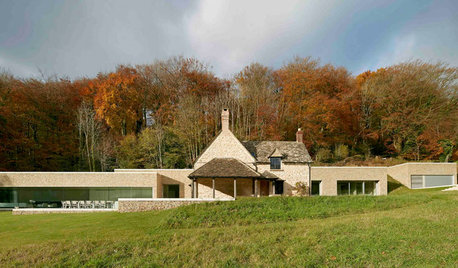
REMODELING GUIDESOld and New Make for a Jolly Good Mix in England
Give an 18th-century country cottage a contemporary addition, and what do you get? A surprisingly cohesive-looking home
Full Story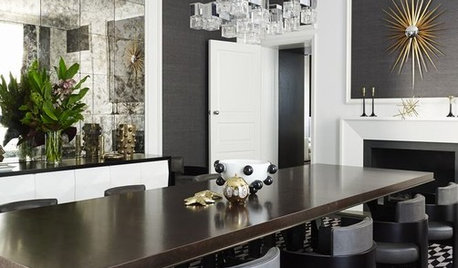
TASTEMAKERSBook to Know: Design Advice in Greg Natale’s ‘The Tailored Interior’
The interior designer shares the 9 steps he uses to create cohesive, pleasing rooms
Full Story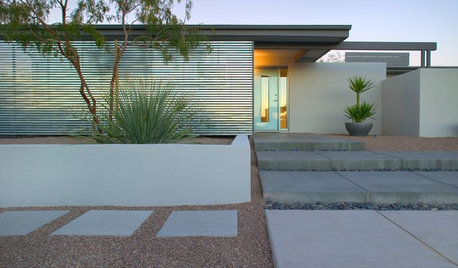
HOUZZ TOURSHouzz Tour: A New Shower Leads to a Whole-House Remodel
Cohesion is the new name of the game for this transformed Arizona home, a dramatic departure from its former awkwardness
Full Story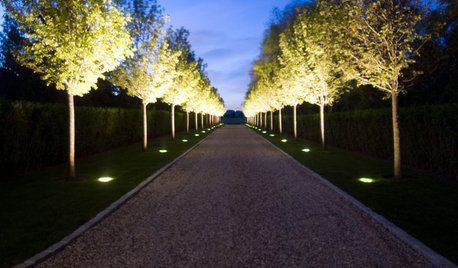
LANDSCAPE DESIGN6 Suggestions for Harmonious Hardscaping
Help a sidewalk, driveway or path flow with your garden design, for a cohesive and pleasing look
Full StoryMore Discussions







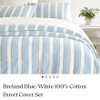



Annie Deighnaugh
joaniepoanie
Related Professionals
Lake Elsinore Interior Designers & Decorators · Fort Wayne Furniture & Accessories · North Bergen Furniture & Accessories · Portland Furniture & Accessories · Rockville Furniture & Accessories · Davidson Furniture & Accessories · Peachtree City Custom Artists · Fairview Shores Custom Artists · Aurora Lighting · Red Bank Lighting · Sacramento Lighting · Venice Lighting · Clinton Window Treatments · Los Angeles Window Treatments · San Rafael Window Treatmentsluckygal
lazy_gardens
Faux68Original Author
juliekcmo